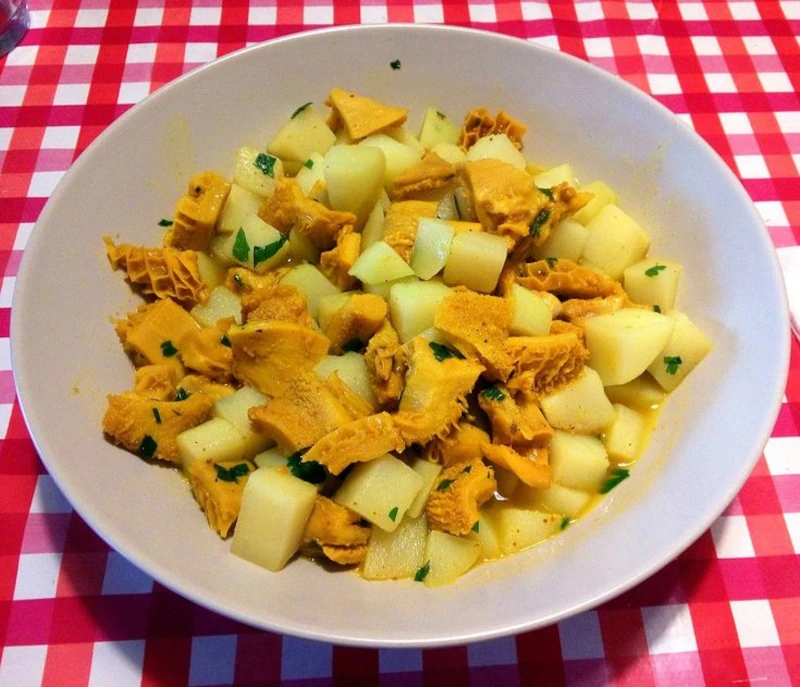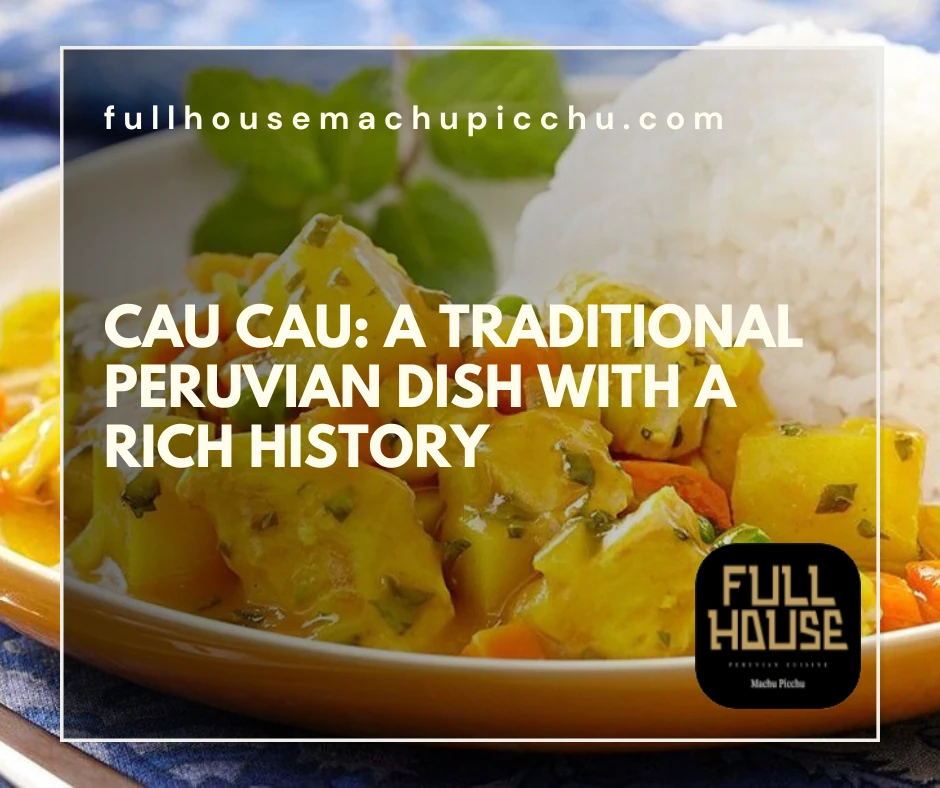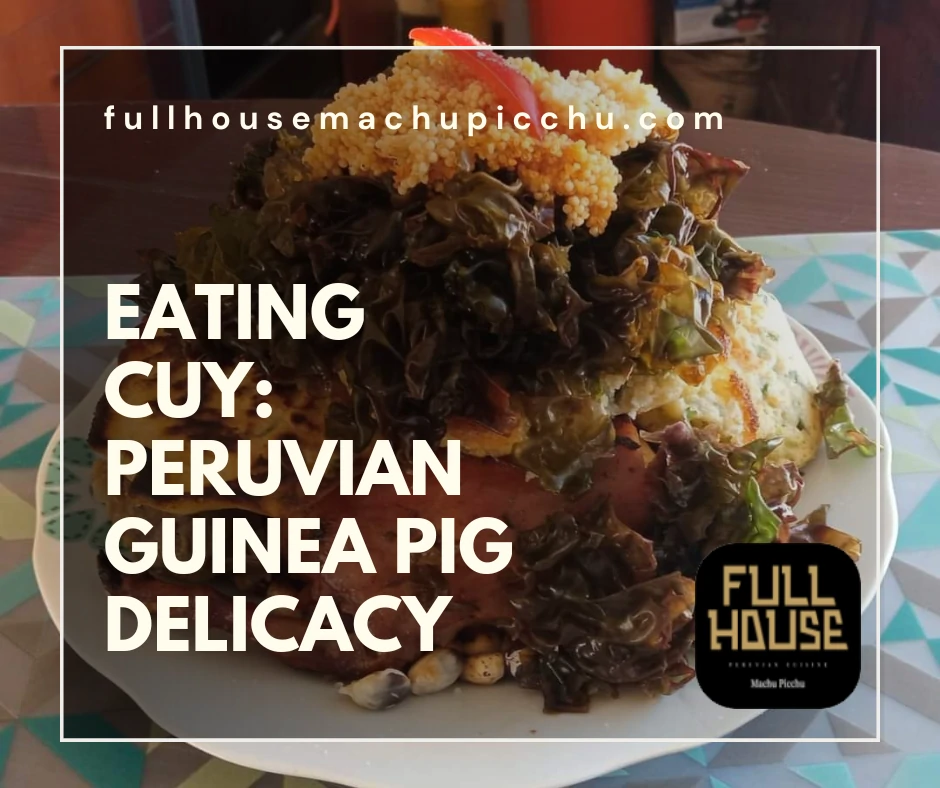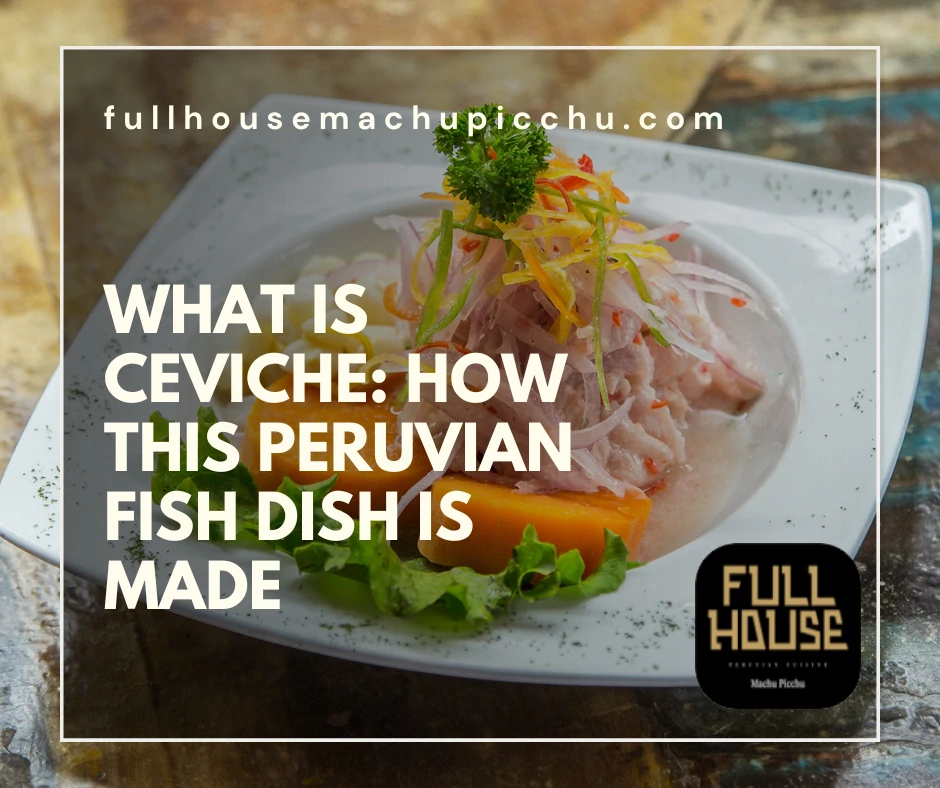Immerse yourself in the rich tapestry of Peruvian cuisine with the traditional dish, Cau Cau. This hearty stew, with its vibrant yellow hue, is a culinary delight that tells a story of cultural resilience and adaptation. Cau Cau is a testament to the fusion of indigenous and immigrant cuisines in Peru. Its roots trace back to colonial times, reflecting the country’s diverse culinary landscape. The dish is a beloved comfort food, often enjoyed during festivities and family gatherings.
The main ingredient is tripe, a testament to sustainable cooking practices. Paired with potatoes, yellow aji pepper, and mint, it creates a balance of textures and flavors. The recipe can vary by region and family traditions, making each preparation unique.
Cooking Cau Cau at home can be a fun culinary challenge. It’s a way to connect with Peruvian traditions, even from afar. So, let’s embark on this flavorful journey through Peru’s culinary heritage, starting with the Cau Cau recipe.
The Origins and Cultural Significance of Cau Cau
Cau Cau’s origins are deeply intertwined with Peru’s complex history. As a staple of Creole cuisine, it embodies a blend of African and Spanish influences. The dish emerged during colonial times, serving as a symbol of cultural fusion.
This Peruvian dish was born from a necessity to utilize all parts of the animal. It is a prime example of sustainable cooking. Its use of tripe highlights resourcefulness among Peru’s early Afro-Peruvian communities. These communities adapted the recipe using local ingredients available at the time.
Cau Cau’s vibrant yellow color is due to the yellow aji pepper. This ingredient is a signature of Peruvian cuisine. The pepper not only adds color but also imparts a unique, subtle spice to the dish.
Today, Cau Cau holds cultural significance beyond just being a meal. It is a reflection of shared history and the melting pot that is Peruvian society. Families pass down recipes through generations, preserving this traditional Peruvian meal and culinary heritage.
Peruvians often savor Cau Cau during festive gatherings and cultural events. It’s more than a dish; it’s a celebration of Peru’s identity and diverse gastronomy, bringing people together through its comforting taste.
What Makes Cau Cau Unique?
Cau Cau stands out due to its thoughtful combination of ingredients and flavors. Its primary component, tripe, gives it a distinct taste and texture. This ingredient is not commonly found in many cuisines, making Cau Cau particularly unique.
The addition of potatoes and yellow aji pepper enriches the stew. The potatoes provide a comforting and hearty component. Meanwhile, the yellow aji pepper contributes subtle heat and a brilliant color.
Mint leaves add a refreshing twist to the stew, making it special. The use of mint is a hallmark of Peruvian culinary creativity. It complements the richness of the tripe and the spiciness of the peppers.
Cau Cau’s ability to balance bold flavors and textures makes it extraordinary. The dish also serves as a beautiful representation of Peruvian cuisine’s diversity and culinary ingenuity. It tells a story through each bite, capturing the essence of Peru’s culinary heritage.
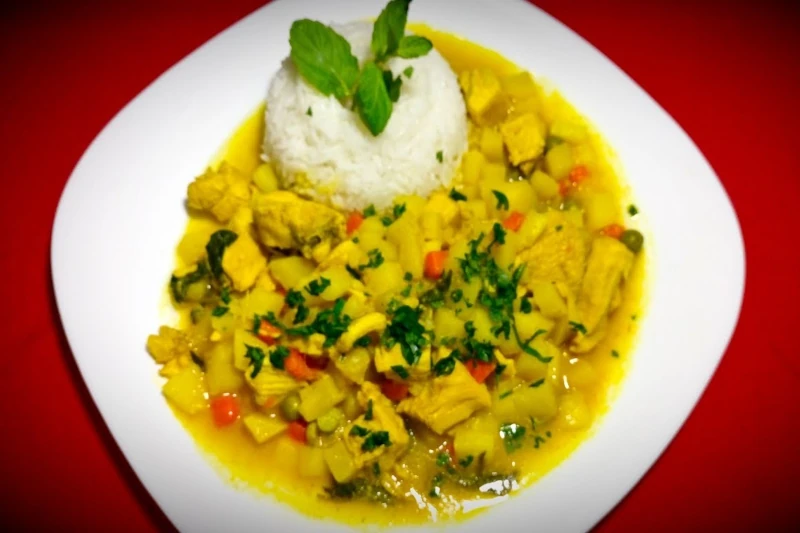
Ingredients of Authentic Peruvian Cau Cau
Creating an authentic Peruvian Cau Cau involves selecting key ingredients that bring the dish to life. The stew combines unique elements that offer depth and vibrant flavors.
Here’s a list of essential ingredients to prepare this delectable dish:
- Tripe, thoroughly cleaned
- Potatoes, diced
- Yellow aji pepper, finely chopped
- Onion, diced
- Garlic, minced
- Mint leaves, chopped
- Vegetable oil
- Turmeric powder
- Salt and pepper, to taste
- Chicken or vegetable broth
- Rice, for serving
Together, these ingredients create a fragrant and vibrant dish, making Cau Cau a cherished part of Peru’s culinary tapestry.
Step-by-Step Cau Cau Recipe
Creating Cau Cau at home is a rewarding culinary experience. It takes time and attention but the end result is well worth it. Follow these steps to ensure success.
Preparing the Tripe
Start with thoroughly cleaning the tripe. Rinse it under cold water, then boil for 20 minutes. This removes any strong odors and tenderizes the tripe, enhancing its texture.
Cut the boiled tripe into small, bite-sized pieces. Set aside as you prepare the other ingredients.
Crafting the Sofrito
Next, heat vegetable oil in a pot over medium heat. Add diced onions and sauté until translucent. Stir in the minced garlic and yellow aji pepper, releasing their aromatic flavors.
Add turmeric powder for color and additional complexity. Cook the mixture until it forms a fragrant base, critical for the stew’s depth.
Simmering the Stew
Add the prepared tripe to the sofrito, stirring well to coat. Include diced potatoes and a generous splash of broth. Season with salt and pepper to enhance the flavors.
Allow the stew to simmer on low heat for about 30 minutes. Stir occasionally, letting the ingredients meld together in a rich, flavorful combination.
As it simmers, the potatoes soften while the tripe becomes tender and succulent. The yellow hue intensifies, promising a mouthwatering dish.
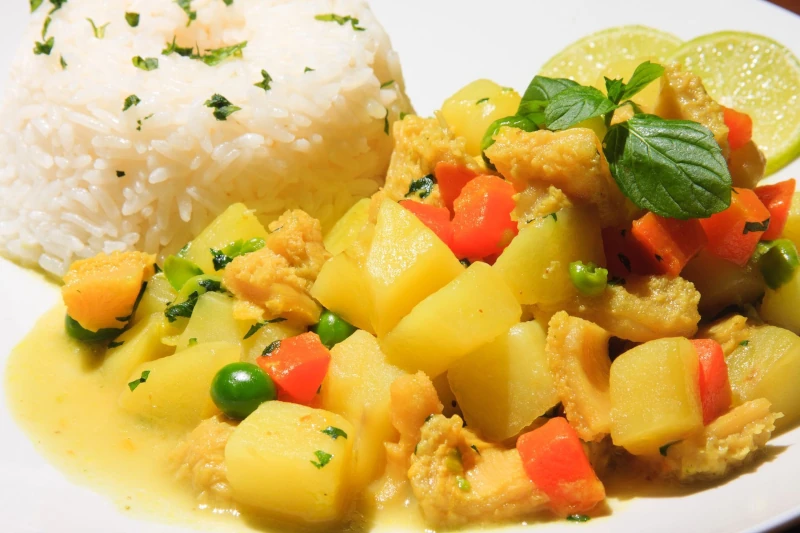
Serving and Garnishing
Once the stew is ready, serve the Cau Cau hot with a side of cooked rice. Garnish with freshly chopped mint leaves for a refreshing finish. This final touch brings a burst of fresh aroma to your delightful creation.
Variations and Dietary Adaptations of Cau Cau
Cau Cau offers versatility, making it adaptable to various palates. In coastal regions, seafood replaces tripe, creating a lighter version. This swap highlights the delicate flavors of fish or shellfish.
Vegetarians can enjoy Cau Cau by substituting tripe with chickpeas or mushrooms. The texture and heartiness remain, while accommodating plant-based diets. Adjust spices for a personal touch without compromising flavor.
Customize the dish’s spice level to suit your preference. Add more yellow aji pepper for a fiery kick, or lessen it for milder palates. This flexibility ensures everyone can savor this traditional Peruvian dish.
Pairing Cau Cau with the Perfect Side Dishes
Cau Cau pairs wonderfully with a side of fluffy white rice, complementing its rich flavors. The rice absorbs the stew’s sauce, enhancing the overall experience of the meal.
For a touch of freshness, consider adding a simple green salad. This balance of textures and flavors creates a delightful and well-rounded plate, perfect for enjoying Peruvian cuisine at home.
Tips for Mastering Cau Cau at Home
Start by gathering fresh and quality ingredients; they make a difference. Don’t rush the cooking process; allow flavors to meld together.
Try experimenting with spice levels to suit your taste. Practice patience and enjoy the culinary experience that comes with preparing this traditional Peruvian dish.
Bringing Peruvian Tradition to Your Table
Embracing Cau Cau adds a touch of Peru to your home. It’s more than just a meal; it’s a cultural experience.
By preparing Cau Cau, you connect with Peru’s rich culinary heritage. Enjoy the flavors and celebrate tradition through every comforting bite. If you are passing by Cusco and Machu Picchu, visit Full House Restaurant at Aguas Calientes for a Peruvian meal experience.
